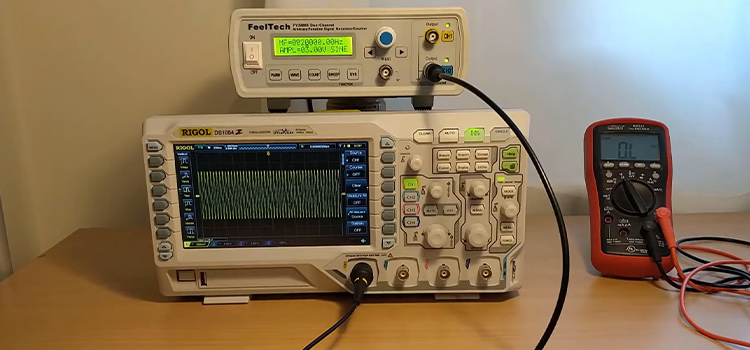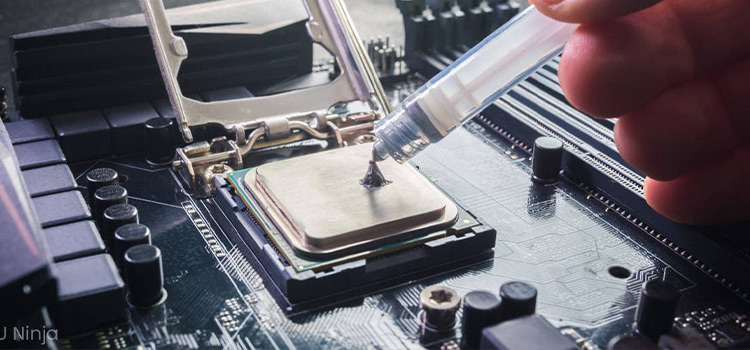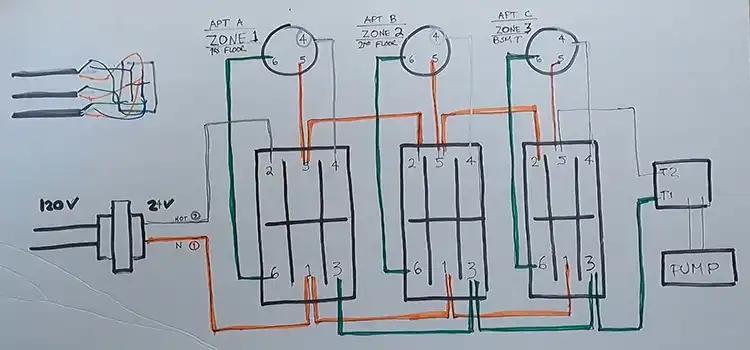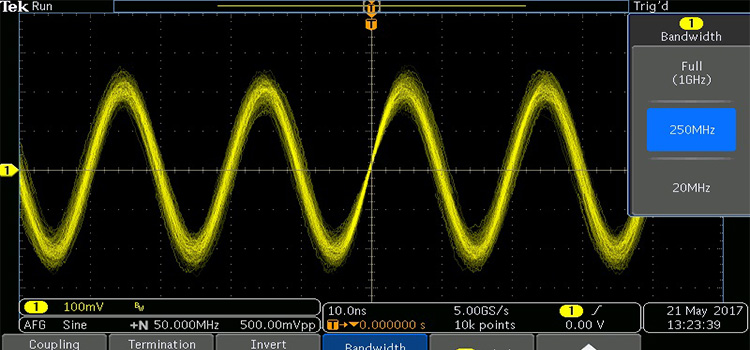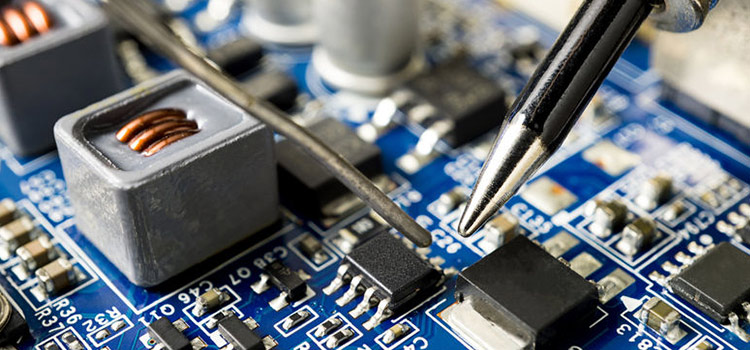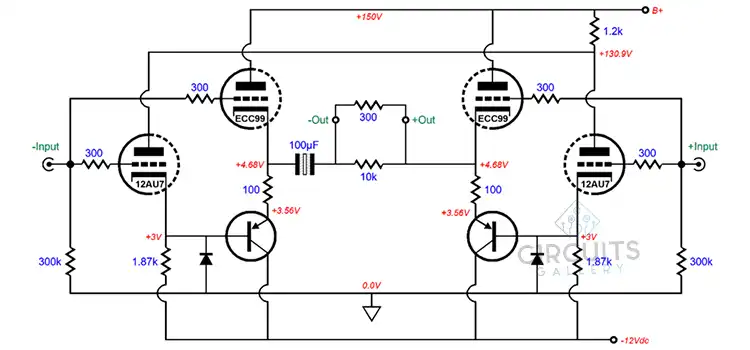Can Ser Cable Be Buried | Understanding Code Compliance
No, the NEC forbids the installation of SER cable in any subterranean conduit or direct burying. SER cable is only suitable for usage above ground. Look for the MHF (Mobile Home Feeder), which can be buried directly.
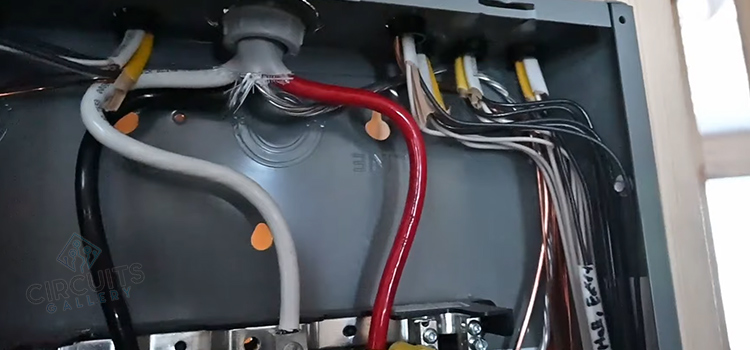
Can Ser Cable Be Buried
Usually, Ser cables are not rated for direct burial. It is mostly prohibited. Even if you bury one in the long run, that will result in unwanted cases. The coating might erode, a rodent might chew through it, or a shovel might receive a shocking flash or bang, depending on how deeply you buried it.
It would ultimately fail; however, how long it would persist is unknown and is dependent on a variety of variables. It would malfunction at the worst possible time, maybe resulting in power damage at the source or destination or even a fire.
Can Ser Cable Be Used Underground
SER cable is employed as a panel feeder, an above-ground service entrance cable, and in branch circuits. For usage in both dry and wet situations, the cable is rated at 600 volts and 90 °C. SER cables are RoHS-compliant and Lead-free. Thus it is not safe as well as supported to use underground.
Can Service Entrance Cable Be Direct Buried
Service Entrance Cable is usually made to use above ground. It can’t be installed underground. However, there are some service entrance cables that are made as underground service entrance cables.
In residential developments, underground service entrances (USE) and underground feeders are the two forms of direct-burial cable that are most frequently employed (UF). Type USE cable is often black and is most frequently used for underground power lines that connect individual homes to the utility’s transformer.
Does Ser Cable Need Conduit While Burying
It can be helpful to sheath the conduit against the wall. However, it is not necessary to use a conduit. According to the Code, wires up to or including two #6 AWG or three #8 AWG can be fastened to the underside of the floor joists.
In unfinished basements and crawl spaces when the cable is carried at an angle to the joists, it is legal to fasten cables with a maximum of three #8 AWG conductors or two #6 AWG conductors directly to the lower margins of the joists. In theory, SE cable that is run indoors is considered to be NM cable. Metallic flex is advised if you intend to use a conduit, though.
Frequently Asked Questions
To Bury Ser Cable Is It Wet Location Rated?
Yes. In dry or wet environments, SE cable is rated for 600V with a maximum temperature of 90 °C. Types XHHW/XHHW-2 of single conductors are listed on the UL. The cable has a rating for sun resistance.
Conclusion
When distributing power to a location outside the home, many of the clients use our SER as a service entrance feeder wire from utility poles to their sub-panels. However, this wire is not intended for usage below ground.
Subscribe to our newsletter
& plug into
the world of circuits
